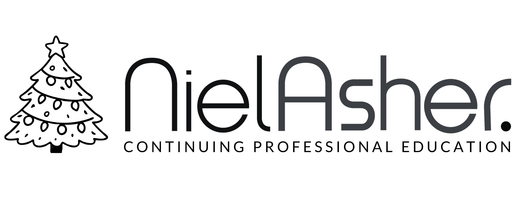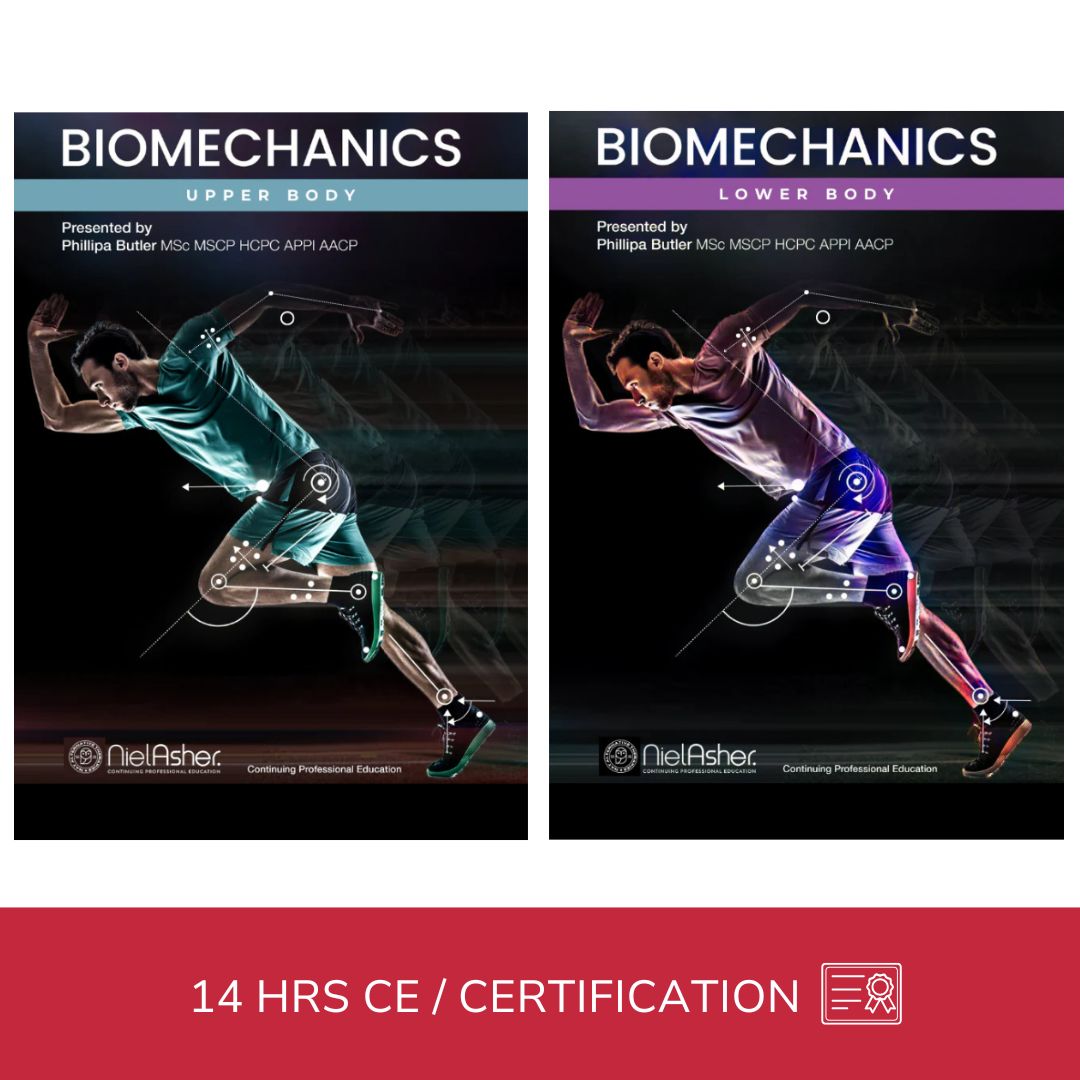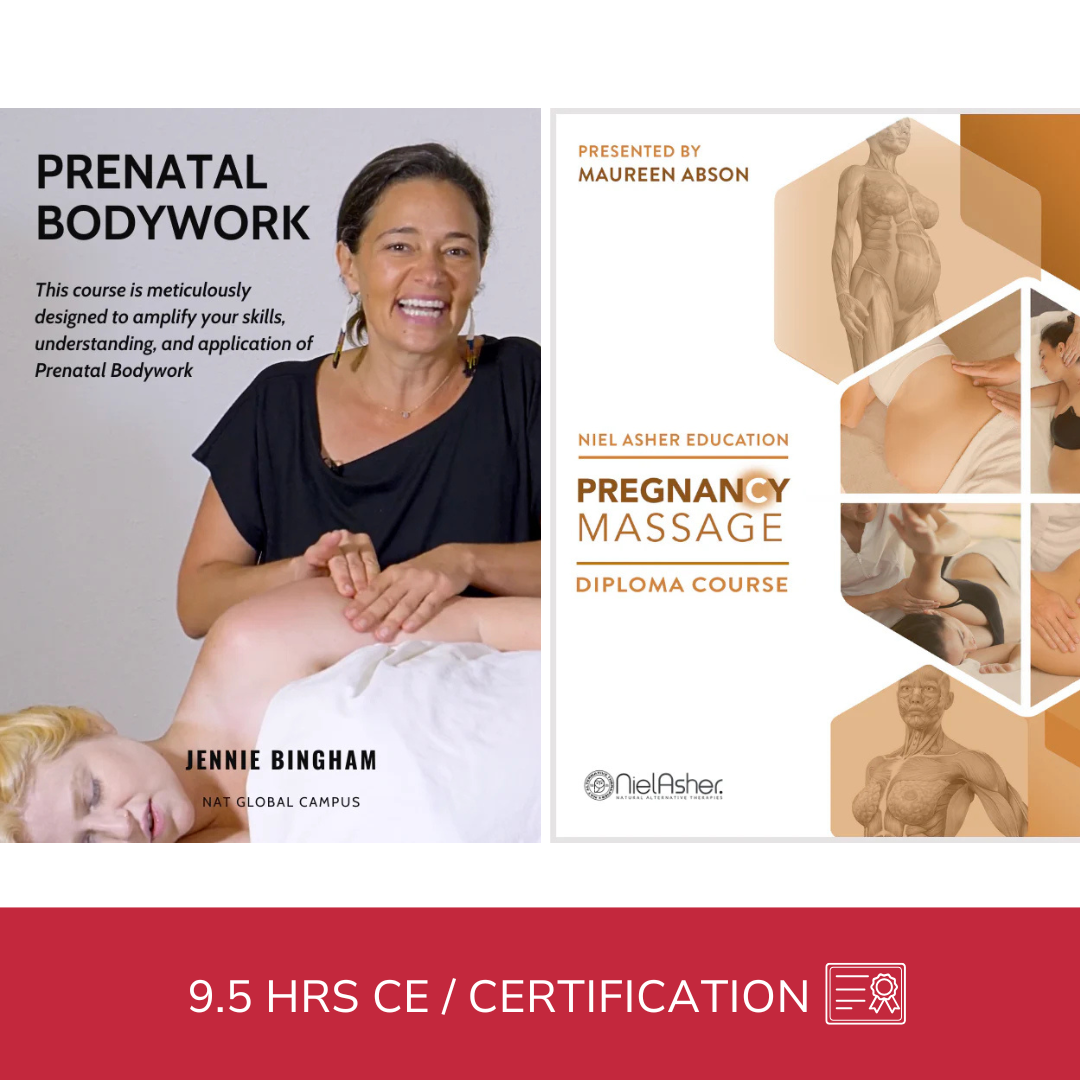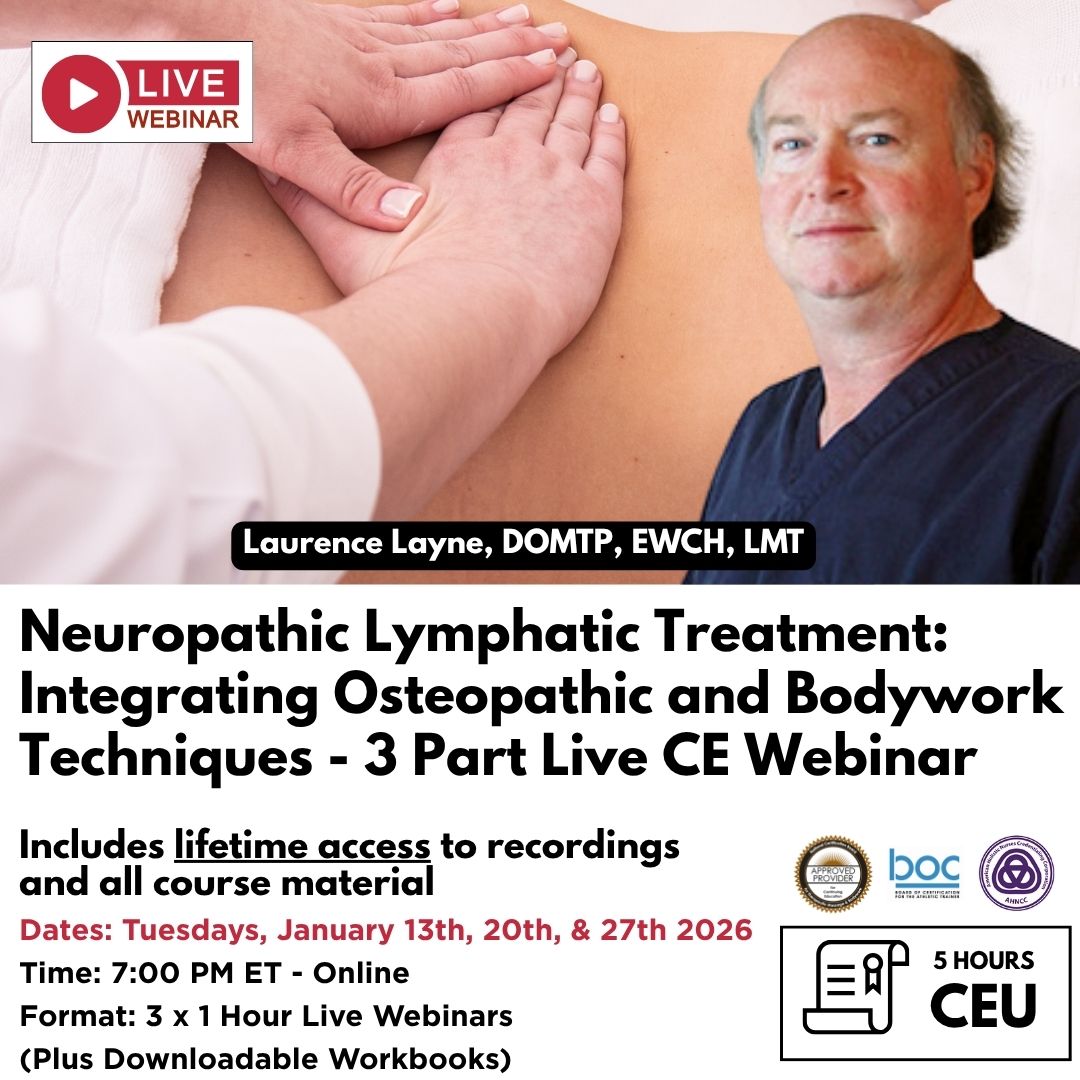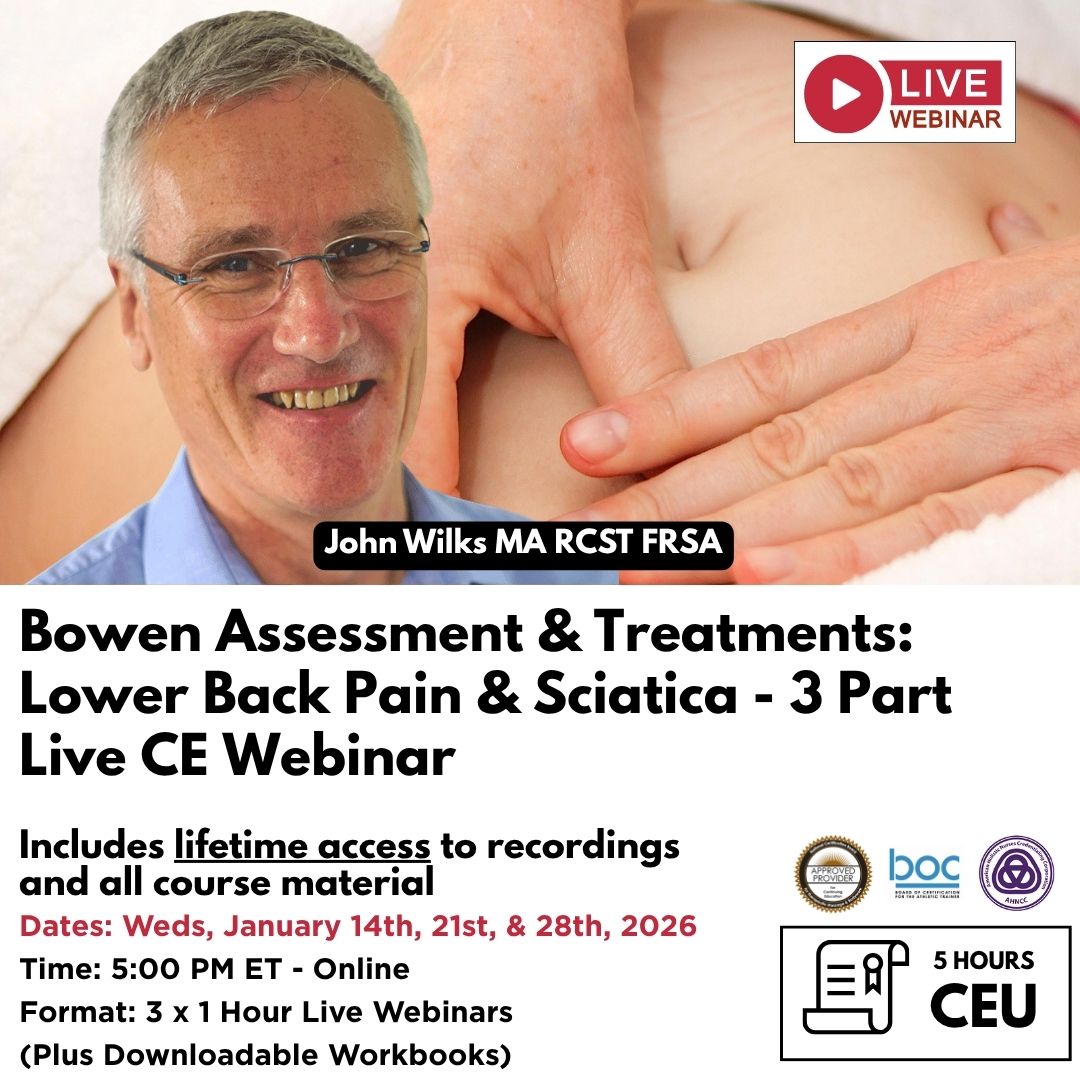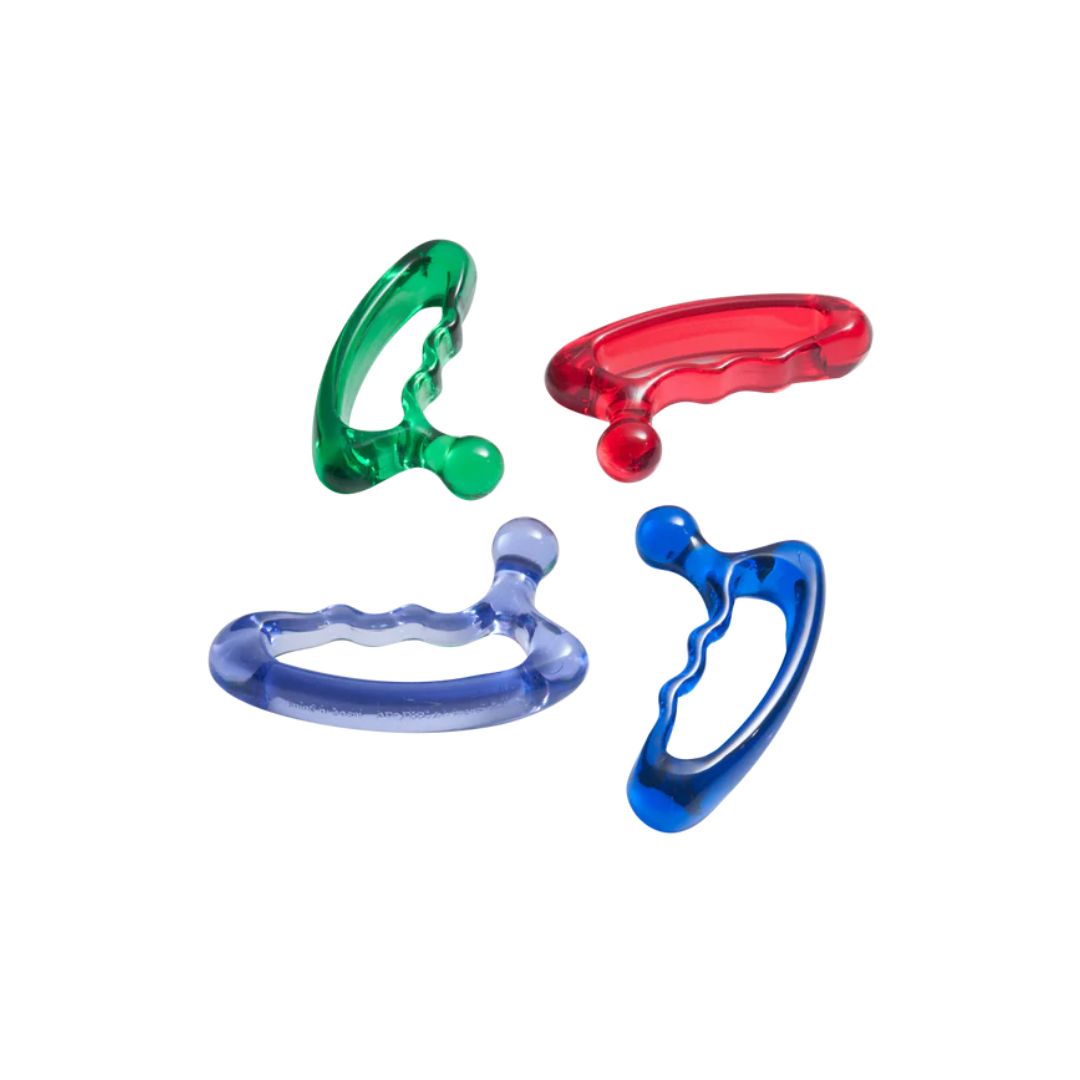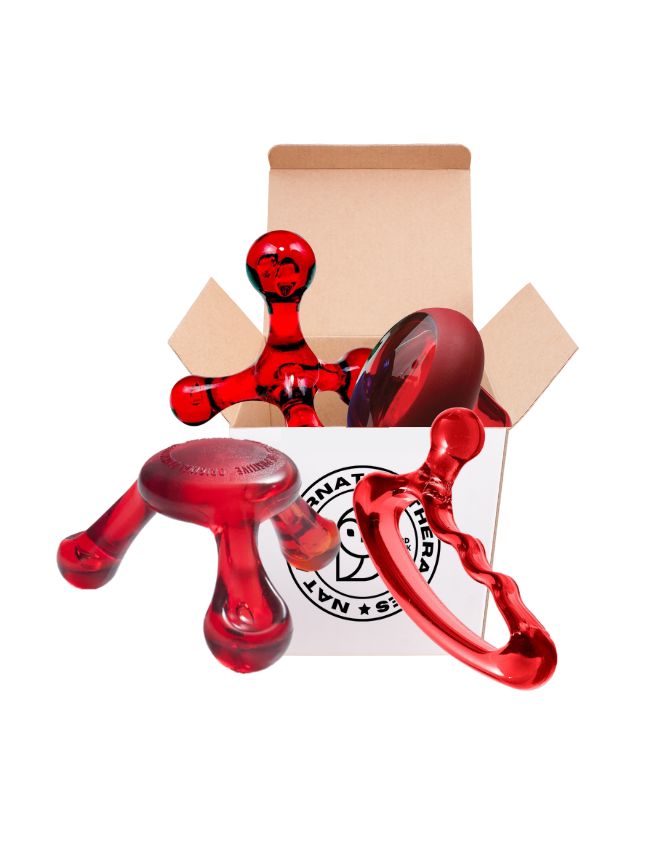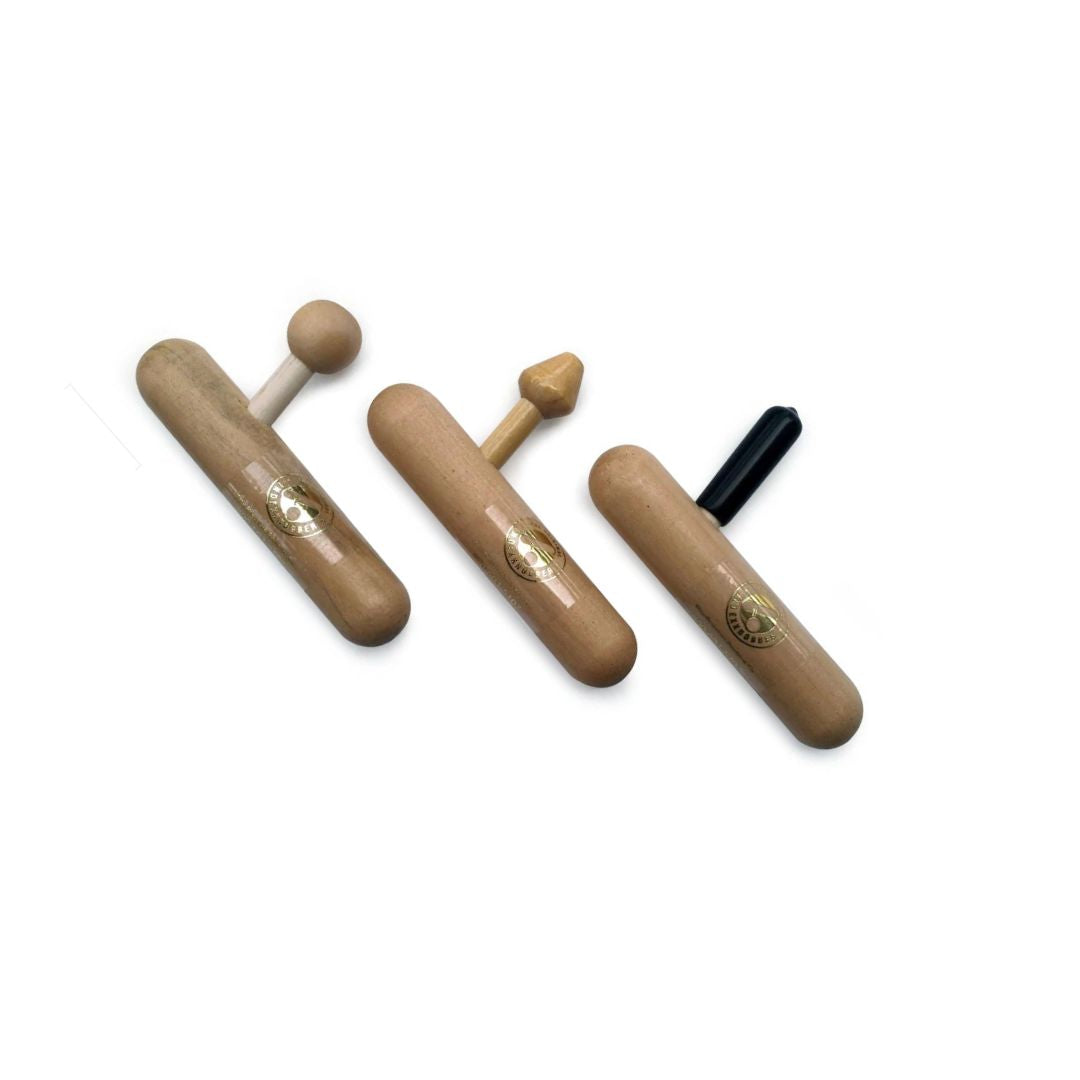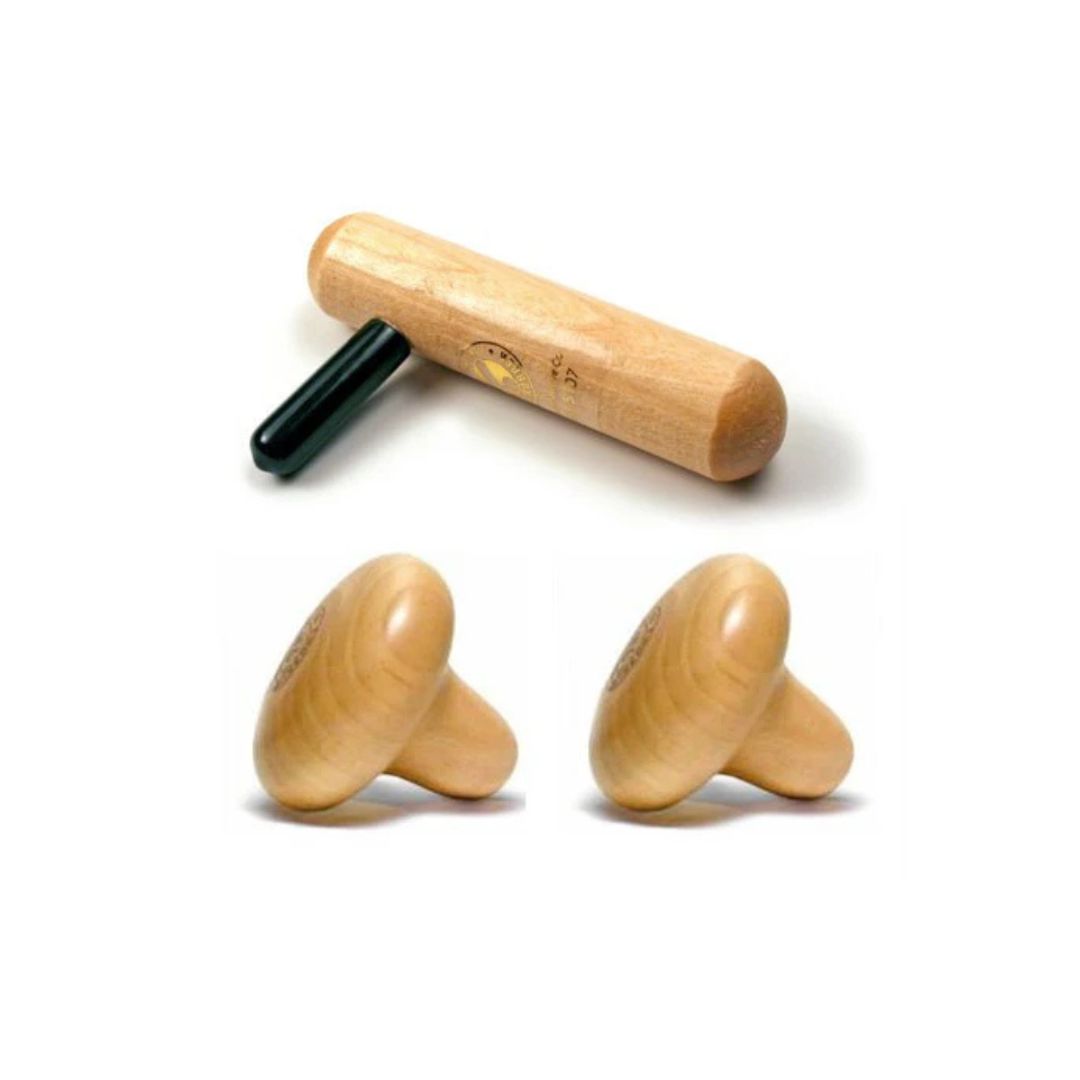Hip and Pelvic Release: The Power of Myofascial Therapy
Find Freedom in Your Hips: Myofascial Release for Pain Relief
As a massage therapist, I've seen firsthand how tension and restrictions in the hip and pelvic region can create a ripple effect of pain and discomfort throughout the entire body. It's a common area of complaint, often linked to everything from lower back pain and sciatica to knee problems and even headaches. And while traditional massage can certainly offer relief, myofascial release takes a deeper dive, addressing the intricate web of connective tissue that surrounds and supports our muscles.
So, what exactly is myofascial release? Imagine your muscles as being encased in a three-dimensional web of fascia, a tough, flexible connective tissue. This fascia not only surrounds individual muscles but also connects them to bones, organs, and other tissues throughout the body. When this fascia becomes tight, restricted, or adhered, it can create pain, limit movement, and affect overall function. Myofascial release is a gentle, sustained pressure technique that targets these fascial restrictions, allowing the tissue to release and restore balance.
Think of it like untangling a knot in a fishing net – you don't yank on it, you gently tease it apart. That's the essence of myofascial release. We use slow, deliberate pressure to engage the restricted fascia, holding the stretch until the tissue begins to soften and release. It's a subtle process, but the results can be profound.
Now, let's focus on the hip and pelvis, a complex region that plays a crucial role in our stability, movement, and overall well-being. This area is a hub of numerous muscles, ligaments, and fascial connections, making it susceptible to tightness and restrictions. Think about all the muscles involved: the powerful gluteals, the hip flexors (including the psoas, often a culprit in lower back pain), the adductors, the piriformis, the quadratus lumborum (QL), and the muscles of the pelvic floor. Each of these muscles is surrounded by fascia, and when this fascia becomes restricted, it can lead to a cascade of problems.
Common Causes of Hip and Pelvic Fascial Restrictions:
- Prolonged Sitting: In our modern world, many of us spend hours sitting at desks, in cars, or on couches. This sedentary lifestyle can lead to shortening and tightening of the hip flexors and gluteals, creating fascial restrictions.
- Repetitive Movements: Athletes and individuals involved in repetitive activities, such as running, cycling, or dancing, can develop overuse injuries and fascial restrictions in the hip and pelvic region.
- Trauma and Injury: Falls, accidents, and other traumas can lead to scar tissue formation and fascial adhesions.
- Poor Posture: Slouching, rounded shoulders, and other postural imbalances can contribute to muscle tightness and fascial restrictions throughout the body, including the hip and pelvis.
- Emotional Stress: Stress can manifest as physical tension, often leading to tightness in the hips and pelvic floor. The psoas muscle, in particular, is often referred to as the "muscle of the soul" because it's deeply connected to our emotional state.
- Pregnancy and Childbirth: The significant changes that occur during pregnancy and childbirth can place stress on the pelvic floor and surrounding muscles, leading to fascial restrictions.
Muscles and Muscle Groups Involved:
- Gluteals (Gluteus Maximus, Medius, and Minimus): These powerful muscles are responsible for hip extension, abduction, and rotation. Tightness in the gluteals can lead to lower back pain, sciatica, and hip pain.
- Hip Flexors (Psoas, Iliacus, Rectus Femoris): These muscles are responsible for flexing the hip. The psoas, in particular, is a deep muscle that connects the lumbar spine to the femur. Tightness in the hip flexors can contribute to lower back pain, anterior pelvic tilt, and limited hip extension.
- Adductors (Adductor Magnus, Longus, Brevis, Gracilis, Pectineus): These muscles are responsible for bringing the legs together. Tightness in the adductors can lead to groin pain and limited hip abduction.
- Piriformis: This small muscle deep in the buttock region is responsible for external rotation of the hip. Tightness in the piriformis can compress the sciatic nerve, leading to sciatica.
- Quadratus Lumborum (QL): This muscle connects the lower ribs to the pelvis and is responsible for lateral flexion of the spine. Tightness in the QL can contribute to lower back pain and hip pain.
- Pelvic Floor Muscles: These muscles support the pelvic organs and play a role in bowel and bladder control. Tightness in the pelvic floor muscles can lead to pelvic pain, urinary incontinence, and sexual dysfunction.
Myofascial Release Techniques for the Hip and Pelvis:
When performing myofascial release for the hip and pelvis, we focus on applying gentle, sustained pressure to the restricted areas. This might involve:
- Direct Myofascial Release: Applying pressure directly to the restricted fascia, holding the stretch until the tissue releases.
- Indirect Myofascial Release: Applying gentle traction or movement to the restricted area, allowing the fascia to release indirectly.
- Strain-Counterstrain: Finding a position of comfort for the restricted tissue and holding it until the muscle tension releases.
- Muscle Energy Techniques: Using gentle muscle contractions to release fascial restrictions and improve joint mobility.
We might work on the gluteals by applying pressure to the tight areas, holding the stretch until the tissue softens. For the hip flexors, we might use a gentle stretch to lengthen the muscles and release tension in the psoas. For the adductors, we might apply pressure to the inner thigh, holding the stretch until the muscles relax. For the piriformis, we might use a gentle stretch or apply pressure to the muscle belly. For the QL, we might use a side-lying position to access the muscle and release tension. And for the pelvic floor, we might use gentle internal or external techniques to release muscle tightness.
It's important to remember that myofascial release is a collaborative process. We work with the client's body, listening to its signals and adapting our techniques accordingly. Communication is key. We encourage clients to provide feedback throughout the session, letting us know what they're feeling and if the pressure is too intense.
Benefits of Myofascial Release for the Hip and Pelvis:
- Pain Relief: Releases tension and restrictions, reducing pain in the hips, lower back, and surrounding areas.
- Improved Mobility: Restores flexibility and range of motion in the hip and pelvic region.
- Enhanced Posture: Releases muscle tightness that contributes to postural imbalances.
- Reduced Muscle Tension: Promotes relaxation and reduces overall muscle tension.
- Improved Circulation: Increases blood flow to the tissues, promoting healing.
- Stress Reduction: Releases emotional tension stored in the body.
- Improved Pelvic Floor Function: Relieves pelvic pain and improves bowel and bladder control.
Who Can Benefit from Myofascial Release for the Hip and Pelvis?
- Individuals with lower back pain, sciatica, hip pain, or groin pain.
- Athletes and individuals involved in repetitive activities.
- Individuals with postural imbalances or muscle tightness.
- Pregnant and postpartum women.
- Individuals experiencing emotional stress or anxiety.
Myofascial release is a powerful tool for addressing hip and pelvic pain and dysfunction. By understanding the intricate web of fascia and the muscles it surrounds, we can effectively release tension and restore balance to this crucial region of the body. It's a gentle, yet profound approach that can lead to significant improvements in pain, mobility, and overall well-being.
References:
- Findley, T. W., Chaudhry, H., Dhar, S., & Standley, P. R. (2012). Fascia research--a narrative review. Journal of Bodywork and Movement Therapies, 16(1), 67-93.
- Schleip, R., Findley, T. W., Chaitow, L., & Huijing, P. A. (Eds.). (2012). Fascia: The tensional network of the human body: The science and clinical applications in manual and movement therapy. Churchill Livingstone.
- Myers, T. W. (2013). Anatomy trains: Myofascial meridians for manual and movement therapists. Churchill Livingstone.
- Chaitow, L. (2011). Muscle energy techniques. Churchill Livingstone.
- Bordoni, B., Morabito, B., Sacconi, B., & Zanier, E. (2018). Myofascial pain and pelvis: a narrative review. Journal of Pain Research, 11, 2387.
- Hammer, W. I. (2007). Functional soft-tissue examination and treatment by manual methods: new approaches. Journal of Manipulative and Physiological Therapeutics, 30(3), 181-193.
- Travell, J. G., & Simons, D. G. (1999). Myofascial pain and dysfunction: the trigger point manual. Lippincott Williams & Wilkins.
Disclaimer:
This blog post is for informational purposes only and does not constitute medical advice. The information provided here is not intended to diagnose, treat, cure, or prevent any disease or injury. It is essential to consult with a qualified healthcare professional, such as a physician, physical therapist, or massage therapist, before starting any new treatment or exercise program, especially if you have any pre-existing health conditions or are experiencing significant pain.
The techniques and information discussed in this blog post are based on the author's experience and knowledge as a massage therapist, as well as current research and understanding of myofascial release. However, individual results may vary, and there is no guarantee of specific outcomes.
The author and publishers of this blog post are not liable for any injuries or health problems that may arise from following the information presented here. The mention of specific techniques or approaches does not constitute an endorsement. Always consult with your physician or other qualified healthcare provider before starting any new treatment or making any changes to your existing treatment plan.
About Niel Asher Education
Niel Asher Education (NAT Global Campus) is a globally recognised provider of high-quality professional learning for hands-on health and movement practitioners. Through an extensive catalogue of expert-led online courses, NAT delivers continuing education for massage therapists, supporting both newly qualified and highly experienced professionals with practical, clinically relevant training designed for real-world practice.
Beyond massage therapy, Niel Asher Education offers comprehensive continuing education for physical therapists, continuing education for athletic trainers, continuing education for chiropractors, and continuing education for rehabilitation professionals working across a wide range of clinical, sports, and wellness environments. Courses span manual therapy, movement, rehabilitation, pain management, integrative therapies, and practitioner self-care, with content presented by respected educators and clinicians from around the world.
Known for its high production values and practitioner-focused approach, Niel Asher Education emphasises clarity, practical application, and professional integrity. Its online learning model allows practitioners to study at their own pace while earning recognised certificates and maintaining ongoing professional development requirements, making continuing education accessible regardless of location or schedule.
Through partnerships with leading educational platforms and organisations worldwide, Niel Asher Education continues to expand access to trusted, high-quality continuing education for massage therapists, continuing education for physical therapists, continuing education for athletic trainers, continuing education for chiropractors, and continuing education for rehabilitation professionals, supporting lifelong learning and professional excellence across the global therapy community.
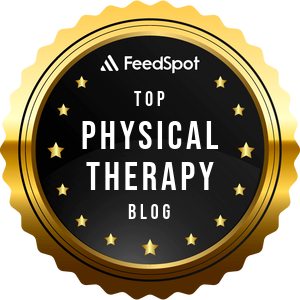
Continuing Professional Education
Looking for Massage Therapy CEUs, PT and ATC continuing education, chiropractic CE, or advanced manual therapy training? Explore our evidence-based online courses designed for hands-on professionals.
